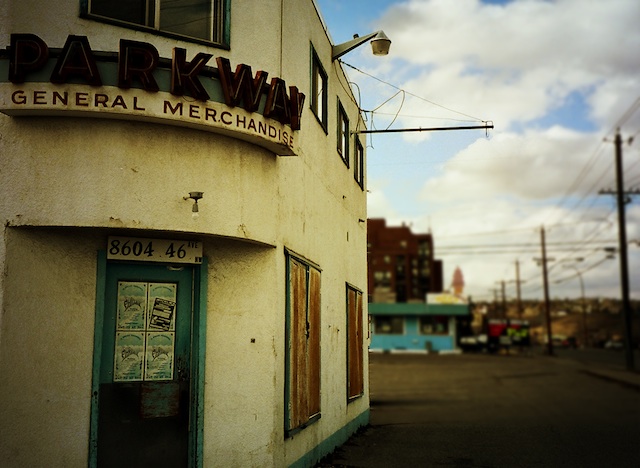I’m currently researching a presentation about the retail industry.
One of the things that leaps out when researching consumer behaviour is the savings rate.
For twenty-five years from the early 1980s to mid 2000s, the savings rate collapsed in Western economies; below are the US and Australian rates.


The graphs show the same thing; households spent their savings over the 25 years which drove the consumer economy. It’s no accident that period was a good time to be a retailer.
Being on a deadline, I don’t have time to analyse these number further right now, but one thing is clear; most of the consumer boom from the Reagan Years onwards – or the equivalent from Maggie Thatcher or Paul Keating – was driven by households reducing their savings.
That couldn’t last and didn’t. Businesses and governments that are basing their decisions on what worked through the 1980s and 90s are going to struggle in the next decade.
Looking at these figures raises another suspicion – that graphs showing non-real estate investment by businesses and government would show similar declines over the 1980-2005 period.
It might be that golden period of what appeared to economic success was just us living off society’s collective savings.
